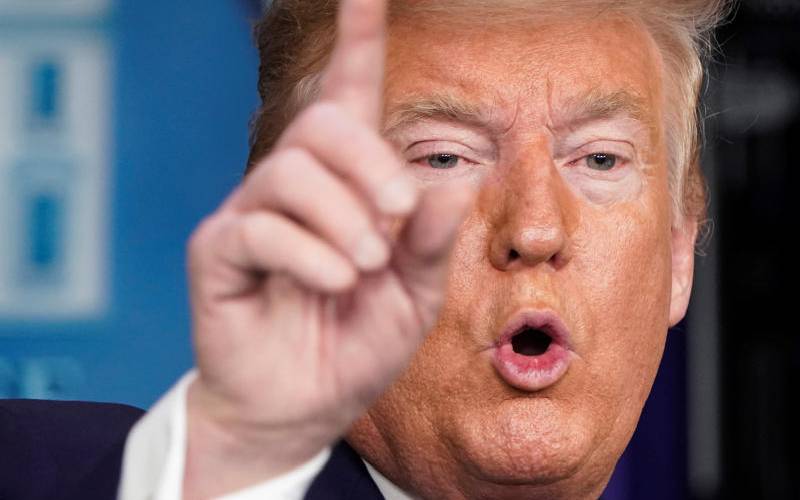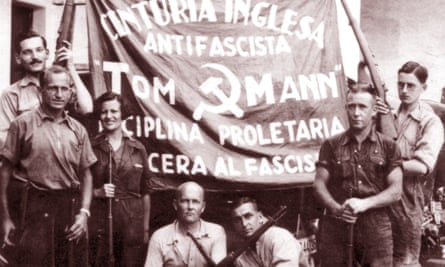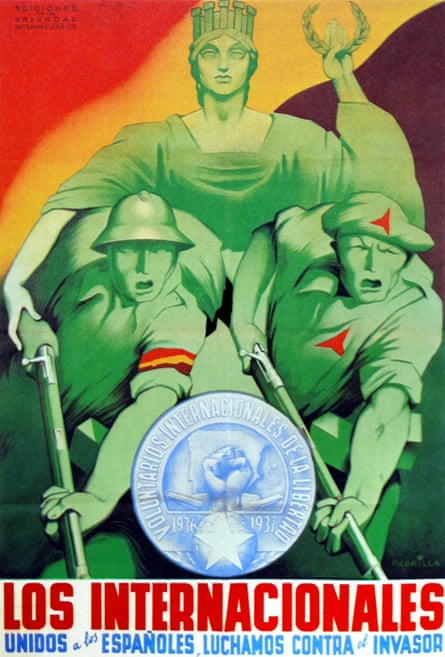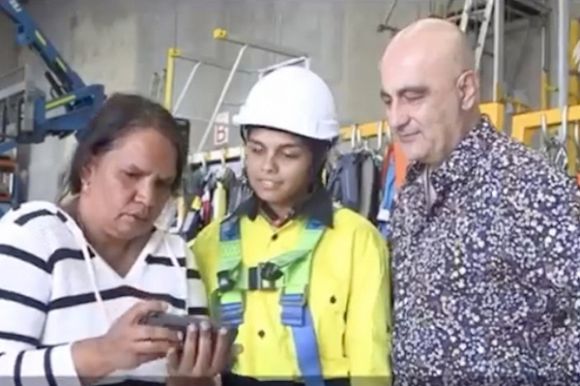By KAMOTHO WAIGANJO | October 3rd 2020 THE STANDARD

US President Donald Trump takes a question during a news conference on the coronavirus outbreak at the White House in Washington, US, on February 29, 2020. [Reuters]
I have always been fascinated by the drama of American politics. Unsurprisingly, I woke up at 4am last Wednesday to watch the debate between President Trump and his opponent, former Vice President Joe Biden. Before I discuss the debate, I am continually and profoundly disturbed that diverse America, where more than 70 per cent of the population is below 55, more than 50 per cent are women and 40 per cent are non-white, is choosing between two white men of 74 and 77 for its President.
A choice between an incendiary Trump and an obviously tired Biden to lead America in these tumultuous times feels creepy. But that is democracy so I will leave it at that. Back to the debate. I agree with those who recognise that this embarrassingly raucous debate, in its lack of discussion on substance, robbed the shrinking club of “undecideds” an opportunity to compare the candidates approach on issues and finally make up their minds.
For all its lack of substance however, the debate left a jarring concern in my mind that Trump’s America is heading dangerously along paths hitherto unimaginable except in “immature” democracies. This has to do with Trump’s allegations that the elections would be a fraud and were already being rigged because of the preponderance of mail-in ballots.
This narrative has an eerie and worrying resemblance to Kenya’s 2007 elections and has capacity to destroy the already feeble nation that America has become. In the run up to the 2007 polls, ODM vigorously denounced the Electoral Commission and indicated that PNU was planning to rig the elections. In ODM’s view then, as is Trump’s view now, a loss to PNU could only result from rigging.
Predictably, when the late Samuel Kivuitu announced a PNU win, ODM reminded its supporters of its prophecy and rejected the results. The infamous post-election violence, in which thousands died and hundreds of thousands were displaced, was the unfortunate result. While the subsequent Kriegler report affirmed that indeed the elections had been compromised, it made it clear that such compromise was not in the form alleged by ODM and that indeed both parties had liberally taken part in rigging activities, ending with the conclusion that it was impossible to confirm who won that election.
I remind us of this history not to re-litigate the 2007 elections, but to underline how dangerous Trump’s narrative is to America’s position as a beacon of democracy and hope to the world. The nature of America’s electoral process is that most states allow citizens to send in their ballots by mail.
Secondly, all ballots that are post-stamped any time before the 4th of November are accepted, even if they arrive after 4th. Thirdly, most states do not allow these ballots to be opened and verified before election day.
Fourthly and most importantly, the persons voting by mail are largely Biden supporters. Inevitably, the results of the in-person ballots will be announced before the mail-in ballots have been received, verified, collated and counted.
It is therefore possible that on the 4th of November evening, Trump may be leading, much like Raila Odinga was leading the polls by the 29th of December before the final count. Trump supporters, much like Odinga’s supporters in 2007, will start celebrating. As Biden’s votes continue to roll in and be counted that picture may change much like the counting of votes from Kibaki strongholds changed the picture in 2007.
If Biden then wins the elections, Trump’s “prophecy” will have come true and violence will be inevitable. Unfortunately, America’s passions are already at boiling point exacerbated by the racist police killings and the rise of both leftist and right wing militia groups.
In a country with 400 million guns in private hands, heavily outnumbering the population, post-election violence will damage that country irredeemably. For a country that has invested so much in the stability of volatile countries, it is shocking that the possible incinerating of this former beacon of democracy seems so real.
The greatest lesson for Kenya as we approach 2020; let us avoid propaganda that delegitimises our elections without any credible, independently verified basis. It takes so little to destroy a country.
-The writer is an advocate of the High Court of Kenya









/arc-anglerfish-tgam-prod-tgam.s3.amazonaws.com/public/LYN442LIYVH25DESH3BFWPE3UY)

/arc-anglerfish-tgam-prod-tgam.s3.amazonaws.com/public/IPPNMLR7CVAE7FFXU5IAGURDCY)







